
Why are more people than ever receiving food stamps in Hawaiʻi?
A historically high enrollment in the food stamp program is part of a broader increase in the need for public services during the pandemic.

The pandemic has transformed how aid groups help elderly in need
Federal COVID-19 relief funds helped local groups coordinate outreach to better serve kupuna who were often isolated during the pandemic.

Hawaiʻi sees ‘startling’ increase in number of children facing hunger
Even as benefits programs expand and school meal programs shift, food insecurity is expected to continue to grow in the islands.
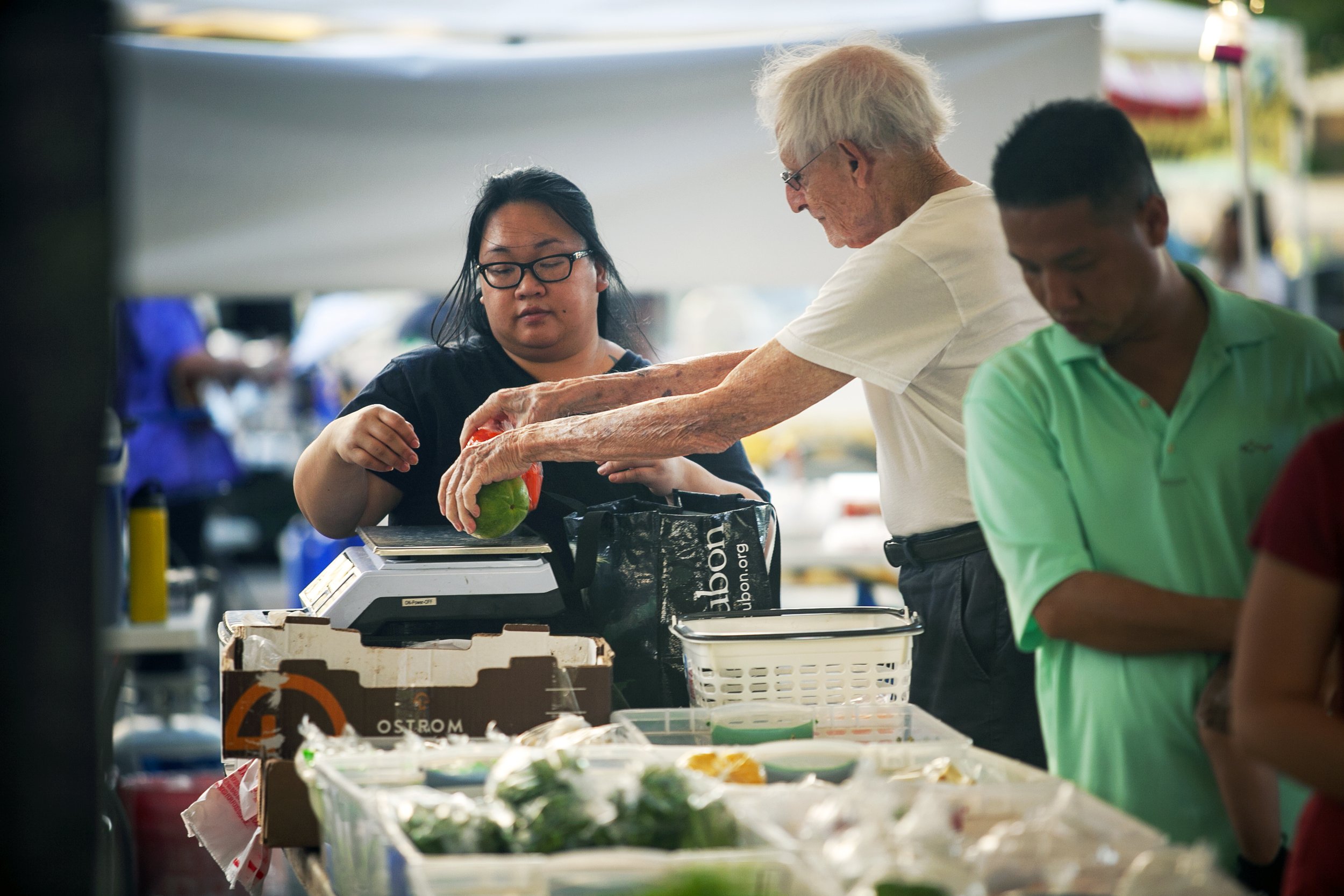
Bill would expand DA BUX food program
The measure is intended to provide low-income people easier access to healthier food choices and to help local farmers and ranchers.

State offers more food stamp flexibility amid record participation
Most SNAP applications are now processed online and members can now use their EBT cards to make online purchases for pick-up at select Walmart locations.
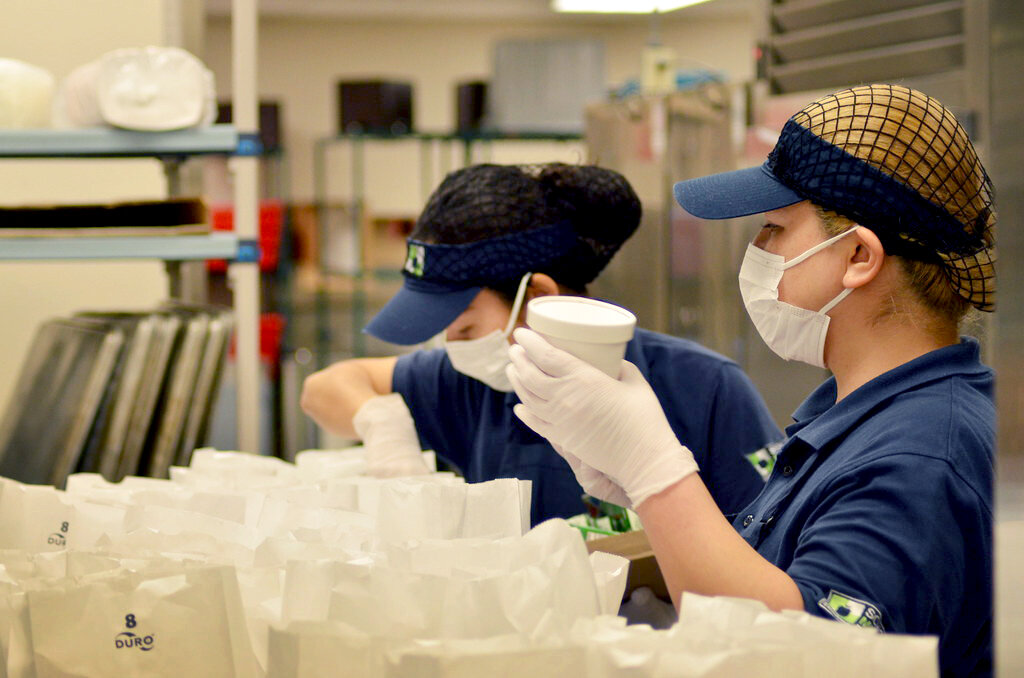
DOE improves free school breakfast program during pandemic
Hawaiʻi Appleseed has monitored the ranking for years, and has been working with the DOE to improve those numbers.
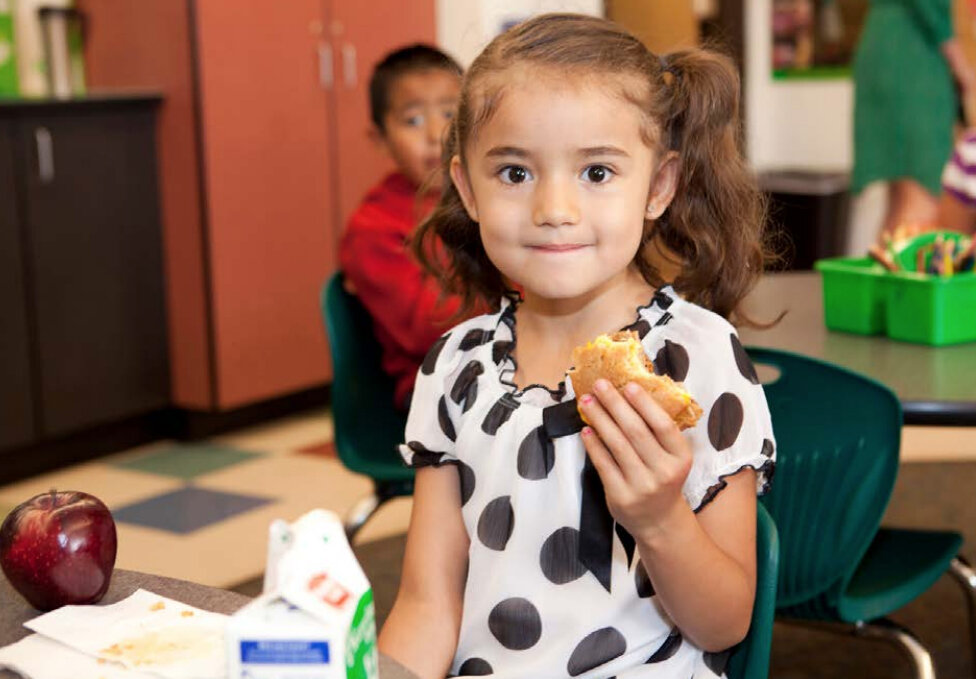
Hawaiʻi ranks 50th in low-income children participating in national school breakfast program
Some 25,559 low-income Hawaiʻi children participated in the School Breakfast Program during the 2019–2020 school year—or about 40 percent of those eligible.

As economic pain of pandemic widens, need for food stamps soars
The number of Hawaiʻi residents receiving SNAP benefits has risen from about 155,000 last year to 179,000—a 15.4 percent increase.

Sowing seeds of service
“Our work is to bring all these different sectors together and create lasting solutions and changes.”

Program allows donations for grab-and-go meals
All through September, customers visiting Safeway stores in Hawaiʻi can donate to the annual Nourishing Neighbors fundraiser to support anti-hunger initiatives.
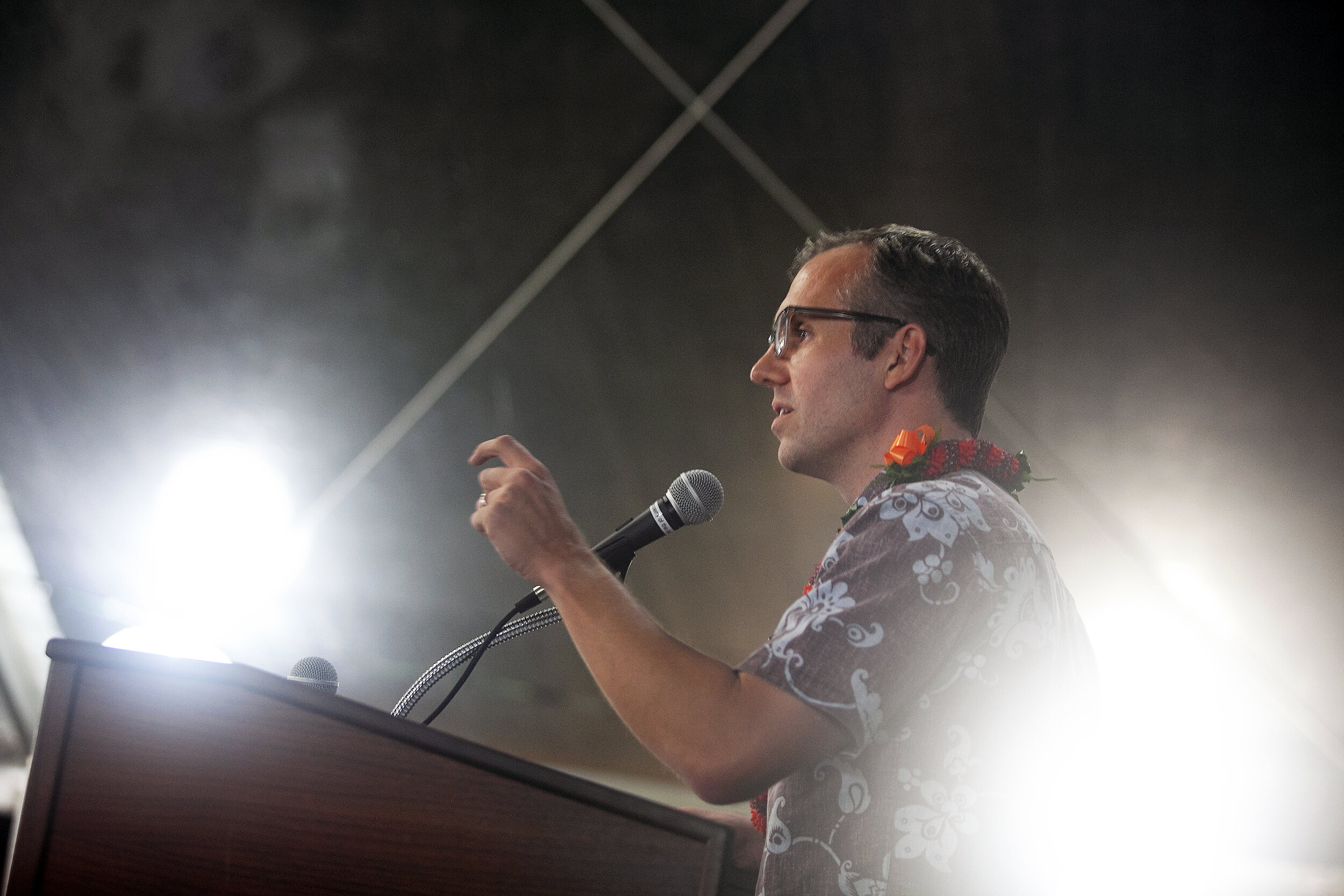
Not politics as usual
To address socioeconomic inequality, Hawaiʻi’s decision-makers need to come up with an effective problem-solving process so stakeholders can come together to achieve concrete solutions.
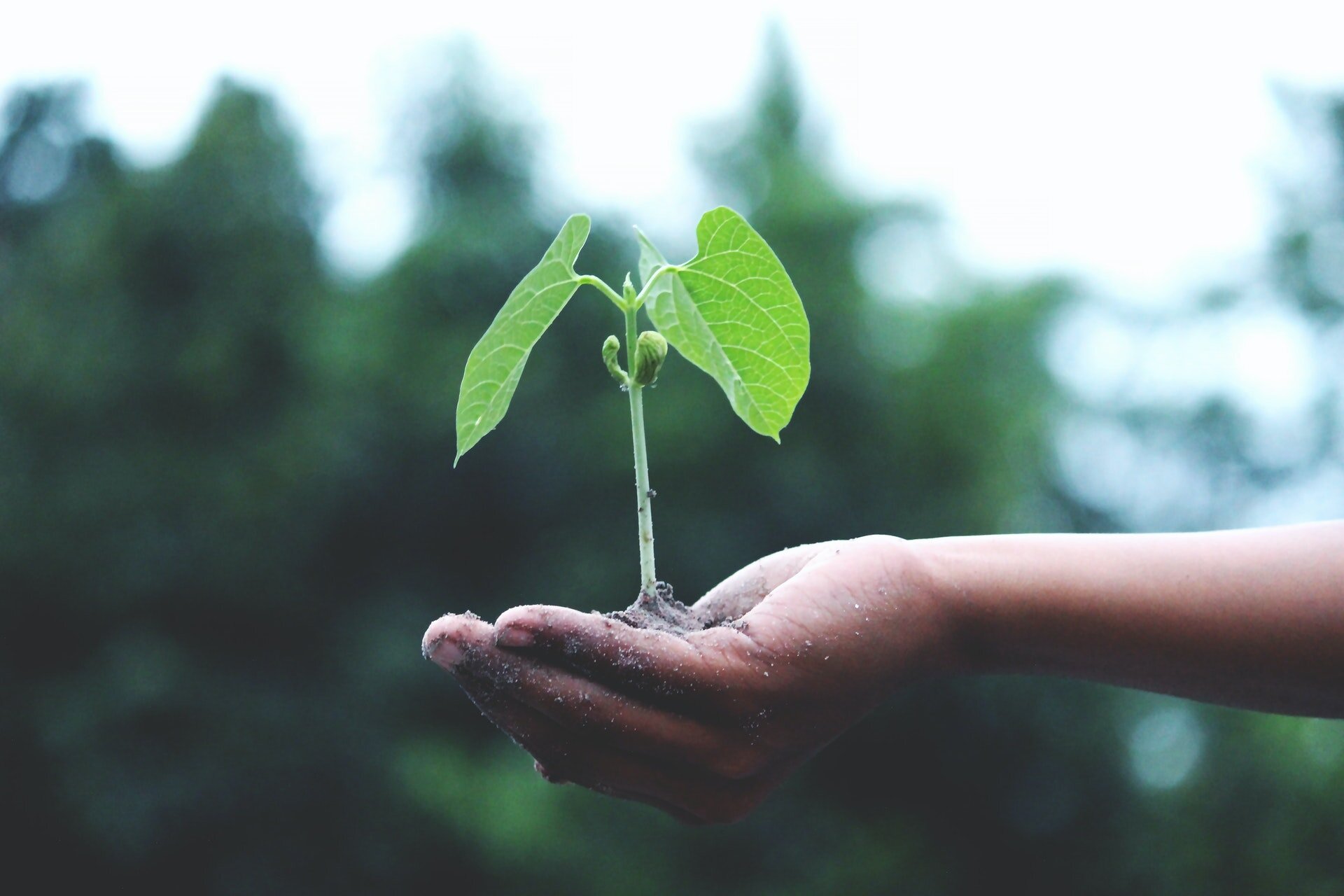
How new, agile networks of people are helping Hawaiʻi
Uplift Hawaiʻi describes itself as an economic recovery platform bringing together organizations, individuals, coalitions and other COVID-19 recovery initiatives.
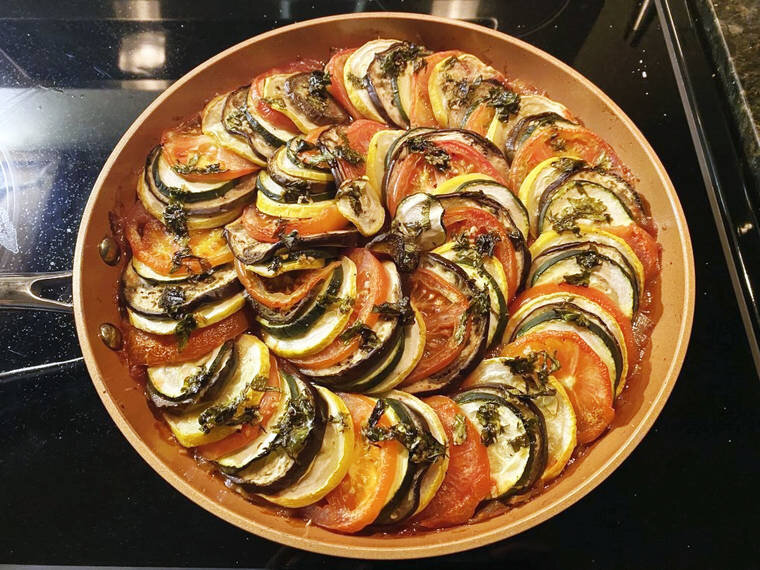
Three students show ‘Whatchu Eatin’ in art contest
Photo entries displayed a wide range of food experiences among Hawai‘i’s youth, including growing food in gardens, learning to cook for the first time, and exploring cultural heritage through food.

We have a chance to build a more equitable, resilient Hawaiʻi
Together, we can bring about a more equitable and resilient future that honors the people, land, culture, and values of Hawaiʻi.

State must help provide food security
This may be a once-in-a-lifetime chance to pivot toward the kind of food system we want for Hawaiʻi’s future.

New sponsors sought as free meals for Hawaiʻi kids drop for summer
Community programs are supplementing the Grab-and-Go program but they too are lagging behind last summer’s participation and may not be enough to meet demand.

DOE closing some food sites, advocates concerned that community help may not be enough
Nicole Woo, senior policy analyst with Hawaiʻi Appleseed, worries that other community groups may not be around this summer to pick up the slack.

Hawaiʻi’s food security shaky heading into hurricane season
Almost all food the state of Hawaiʻi consumes comes through the Port of Honolulu, and there is currently no redundancy in the event of an emergency like a hurricane.
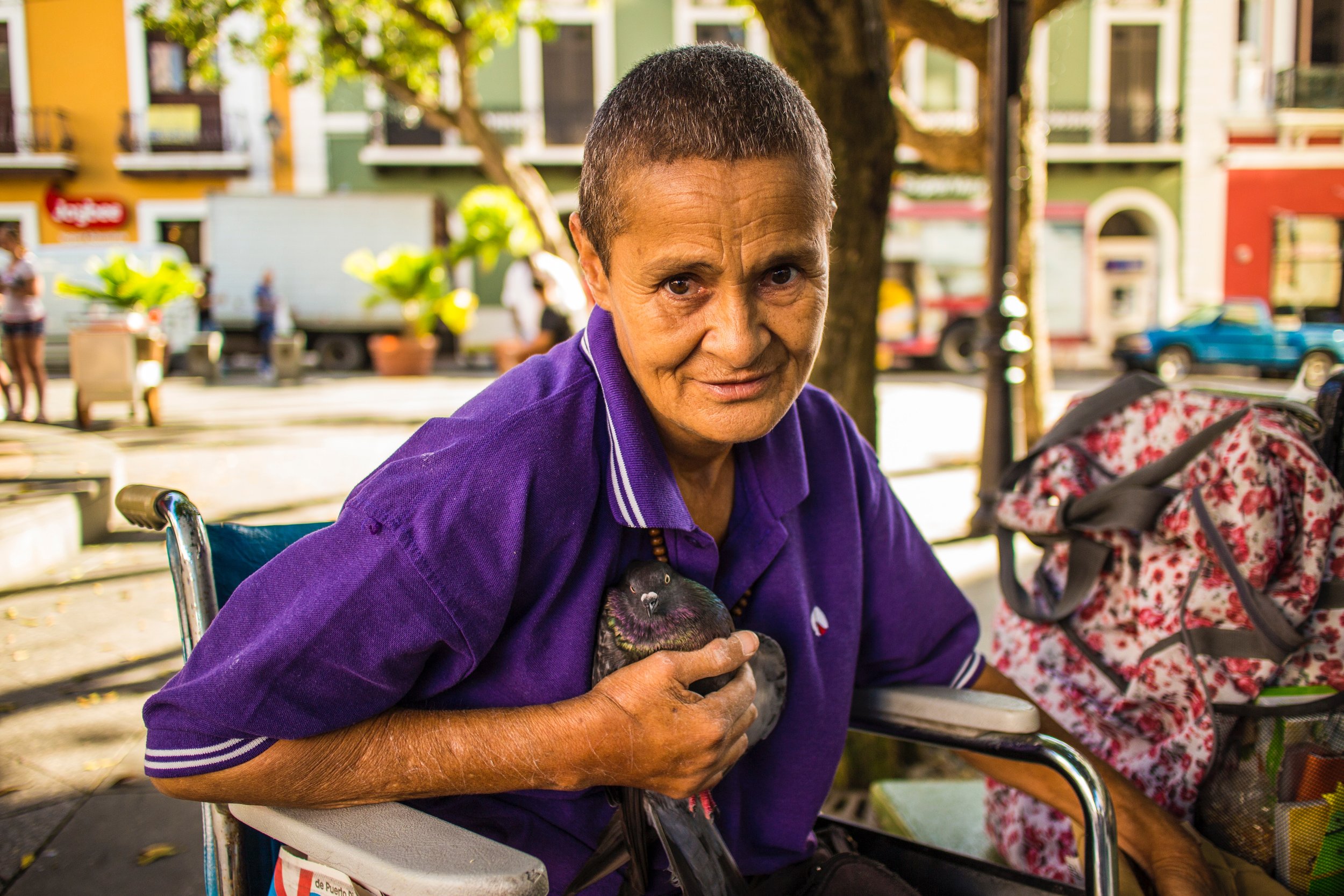
Strengthening Hawaiʻi’s food systems: keeping kupuna fed
Disaster preparedness experts have worried for years about Hawaiʻi’s food security. The COVID-19 disruption has made kūpuna particularly at risk for hunger.

Hawaiʻi’s food insecurity an urgent problem
Lawmakers and others should be taking a hard look at short-term fixes as well as long-term solutions for food insecurity.
